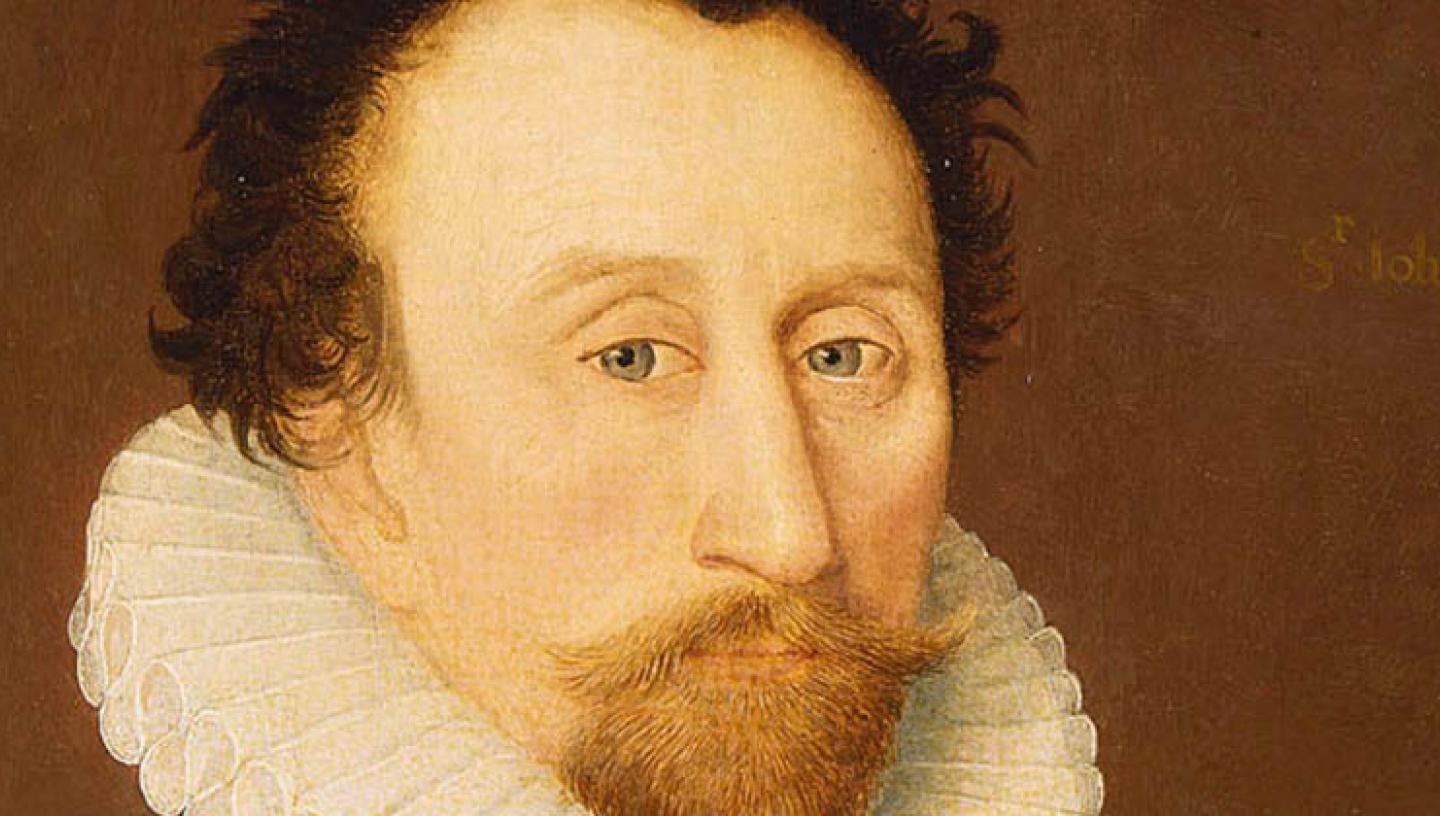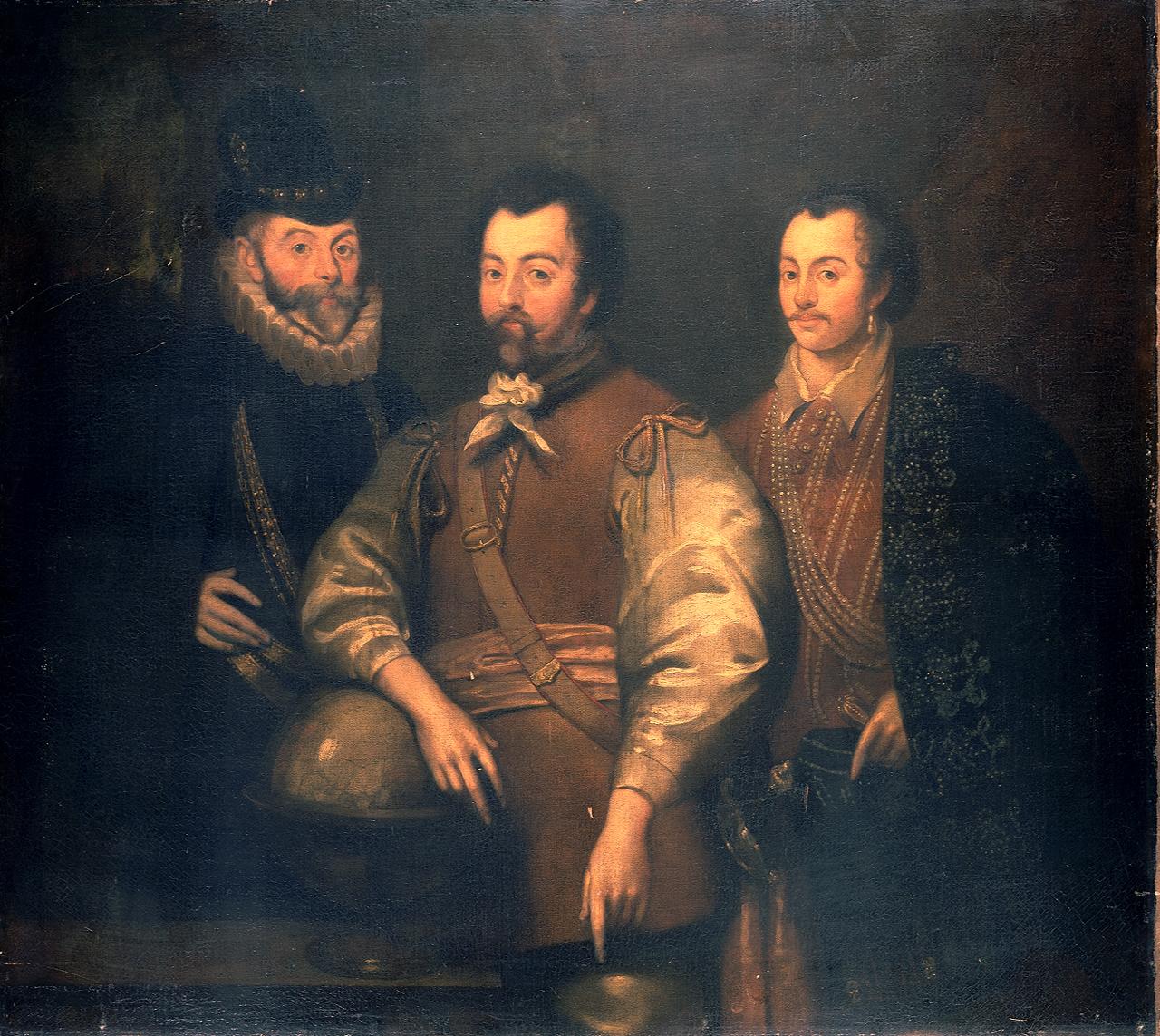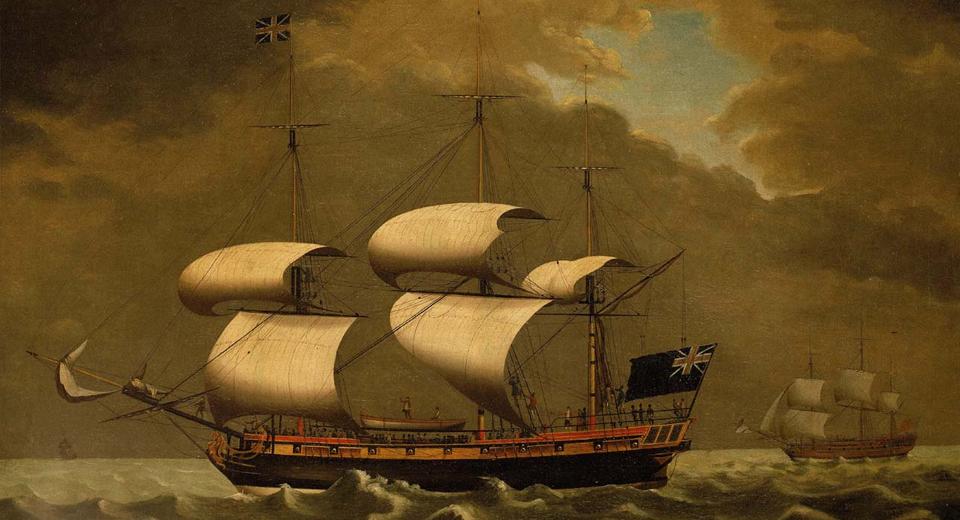
Sir John Hawkins (1532–1595) was one of the most notable sailors and naval commanders of the sixteenth century. He is known for his pivotal role in the maritime history of England and the rise of the global slave trade.
John Hawkins' early life
Hawkins was born into a wealthy maritime family in Plymouth. His father, William Hawkins had visited the New World in 1527 and traded in Guinea and Brazil. He was also a prominent figure in the court of Henry VIII. By his mid-twenties, Hawkins was already making voyages to many major ports such as the Canary Islands. While mainly trading in textiles and sugar, there are accounts involving Hawkins and piracy.
The Sea Dogs: pirates or privateers?
In the 15th Century, there was a thin line between piracy and a privateering. A privateer was an individual licensed to attack and raid shipping belonging to an enemy government, usually during a war. These private contractors would then pay a cut of their bounty back to the government.
In this case, Sir John Hawkins, Sir Francis Drake, Sir Martin Frobisher and Sir Walter Raleigh (known collectively as the Sea Dogs) were a group commissioned by the queen to attack and loot the Spanish fleet. While England was not at war with Spain, Queen Elizabeth I gave the Sea Dogs legitimacy (in England) to plunder Spanish ships to maintain maritime dominance over trade passages.
Similar privateering activities were carried out by the Spanish fleet with the Guardacostas, and many of the Barbary corsairs. However, the relative size and speed of the English fleet aided the English in substantially reducing the power of the Spanish navy. These actions were a determining factor in King Philip II's attempted invasion of England with the Spanish Armada.
John Hawkins and the slave trade
While several other Englishman had already taken slaves from Africa by the mid-15th Century, John Hawkins effectively set the pattern that became known as the English slave trade triangle.
Early in his career, he led an expedition in which he violently captured 300 Africans in Sierra Leone and transported them to Spanish plantations in the Americas. There he traded them for pearls, hides, and sugar. His missions were so lucrative that Queen Elizabeth I sponsored his subsequent journeys and provided ships, supplies and guns. She also gave him a unique coat of arms bearing a bound slave.
With three major slavery expeditions in the 1560s, Hawkins prepared the path for the slave triangle between England, Africa and the New World. English goods were traded in West Africa, slaves were captured and trafficked on the notorious middle passage across the Atlantic, and cargo produced in the New World was transported back to England.
His four voyages to Sierra Leone between 1564 and 1569 took a total of 1200 Africans across the Atlantic to sell to the Spanish settlers in the Caribbean island of Hispaniola.
Sir Francis Drake and John Hawkins
Sir Francis Drake, one of twelve brothers, was raised and educated by the affluent Hawkins family. In the 16th century England, it was quite commonplace for cousins such as Drake to be brought up by wealthier relatives.
John Hawkins was about twelve years Drake’s senior. His expertise and influence led to Drake joining Hawkins in his privateering activities. This included Drakes’ command on many campaigns against the Spanish naval forces and his later appointment as vice-admiral in the engagements against the Spanish Armada.
He also embarked with Hawkins on his voyages to Sierra Leone between 1562 and 1569. Here they enslaved around 1,200 Africans. According to slavers’ accounts of the time, these acts would have involved killing at least three times that number of people.
Sir John Hawkins: shipbuilder
Hawkins had spent his life around ships and learning the particulars of sea warfare. Working as a shipwright, he stressed the importance of producing faster vessels with better mobility and long-range combat capabilities. These designs directly influenced the later frigates of the 18th century.
By 1587, the English navy included 25 of these refurbished galleons and 18 smaller warships. These were essential in the later battles against the Spanish Armada. For his assistance in growing the navy and supporting England’s maritime power, Elizabeth I appointed Hawkins as rear-admiral for the fight against the Spanish.
John Hawkins and the Spanish Armada
Set against the nations’ contest for naval dominance and a backdrop of Catholic and Protestant hostility, England and Spain went from small skirmishes into non-declared warfare. This culminating in the Spanish fleet’s attempt to invade England in May 1588.
The battle consisted of several engagements, during which Rear-Admiral Hawkins’ ship, the Victory, overpowered several Spanish vessels, and Vice-Admiral Drake, on Revenge, captured Rosario, a Spanish galleon. In recognition of his achievement, Hawkins was knighted on deck by the Lord High Admiral, Sir Charles Howard.
How did John Hawkins die?
In 1593, Hawkins’ son Richard was captured by the Spanish in the South Atlantic. In response, Hawkins and Drake raised a fleet of 27 ships and set sail from Plymouth on 29 August 1595. Neither admiral would see their homeland again. The rescue attempt was hampered by disagreement, storms and by the Spanish, who had increased their presence in the area. Hawkins died on the 12 November in San Juan, off the coast of Puerto Rico.
Drake sailed across the Spanish Main towards Panama in an attempt to escape. However in January 1596, off the coast of Portobelo in Panama, dysentery swept through the fleet, killing him on the 26th. Drake's body, like that of Hawkins before him, was interred at sea.




